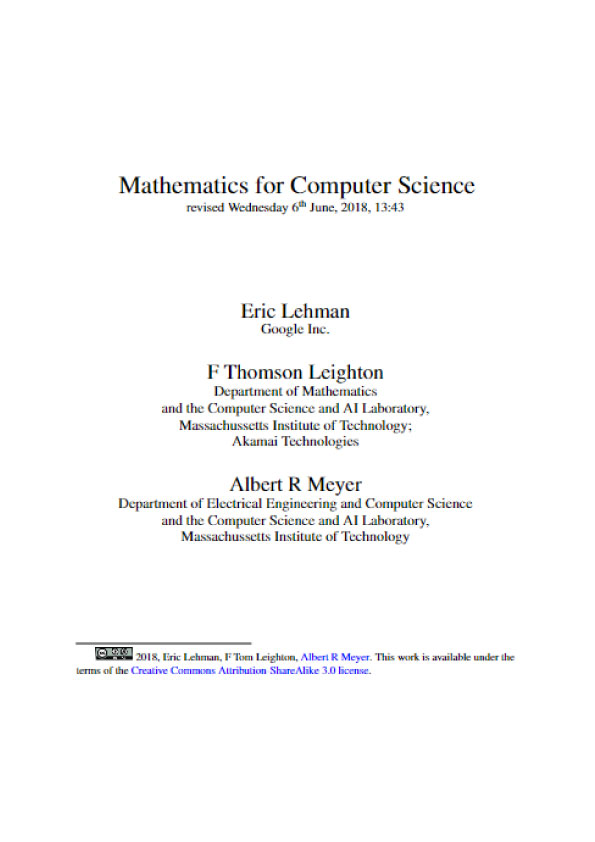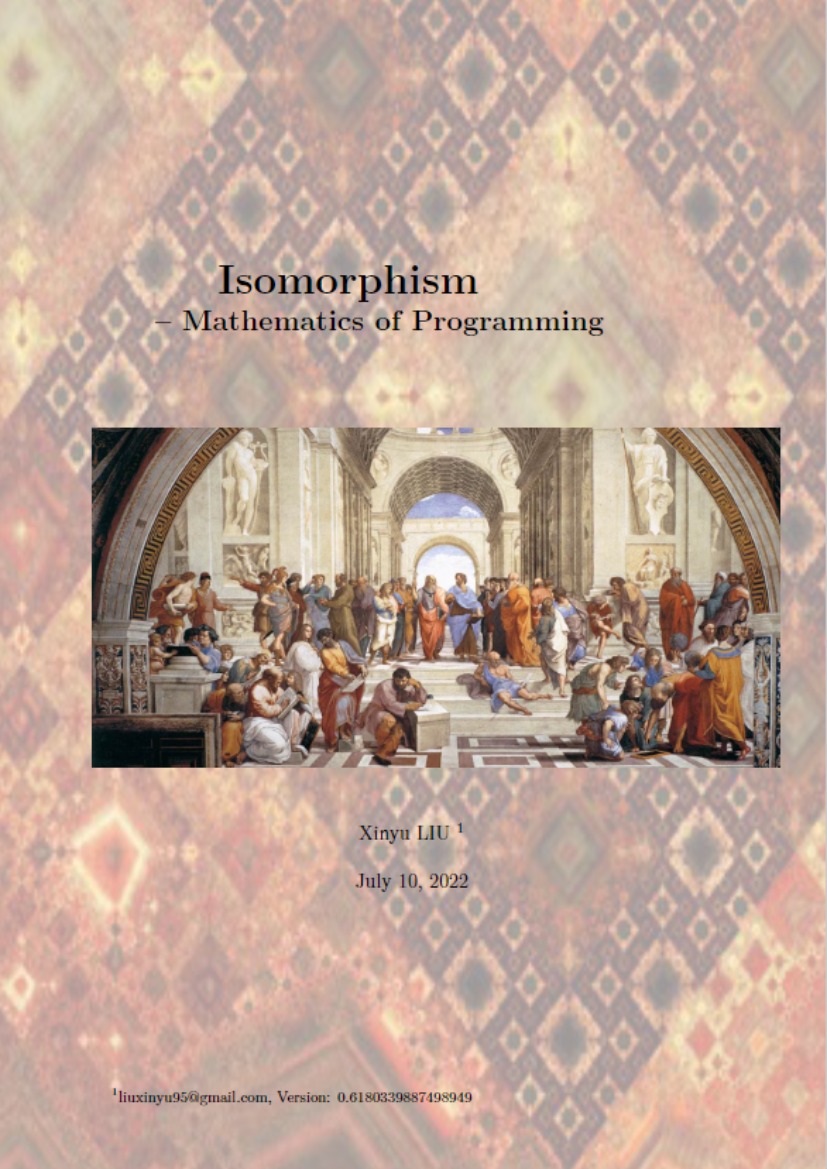1 What is a Proof?
1.1 Propositions
Definition. A proposition is a statement (communication) that is either true or false.
For example, both of the following statements are propositions. The first is true, and the second is false.
Proposition 1.1.1. 2 + 3 = 5.
Proposition 1.1.2. 1 + 1 = 3.
Being true or false doesn’t sound like much of a limitation, but it does exclude statements such as “Wherefore art thou Romeo?” and “Give me an A!” It also excludes statements whose truth varies with circumstance such as, “It’s five o’clock,” or “the stock market will rise tomorrow.”
Unfortunately it is not always easy to decide if a claimed proposition is true or false:
Claim 1.1.3. For every nonnegative integer n the value of n2 C nC 41 is prime.
(A prime is an integer greater than 1 that is not divisible by any other integer greater than 1. For example, 2, 3, 5, 7, 11, are the first five primes.) Let’s try some numerical experimentation to check this proposition. Let
![]()
We begin with p.0/ D 41, which is prime; then
![]()
are each prime. Hmmm, starts to look like a plausible claim. In fact we can keep checking through n D 39 and confirm that p.39/ D 1601 is prime.
But ![]() , which is not prime. So Claim 1.1.3 is false since it’s not true that
, which is not prime. So Claim 1.1.3 is false since it’s not true that ![]() is prime for all nonnegative integers n. In fact, it’s not hard to show that no polynomial with integer coefficients can map all nonnegative numbers into prime numbers, unless it’s a constant (see Problem 1.25). But this example highlights the point that, in general, you can’t check a claim about an infinite set by checking a finite sample of its elements, no matter how large the sample.
is prime for all nonnegative integers n. In fact, it’s not hard to show that no polynomial with integer coefficients can map all nonnegative numbers into prime numbers, unless it’s a constant (see Problem 1.25). But this example highlights the point that, in general, you can’t check a claim about an infinite set by checking a finite sample of its elements, no matter how large the sample.
By the way, propositions like this about all numbers or all items of some kind are so common that there is a special notation for them. With this notation, Claim 1.1.3 would be
![]()
Here the symbol 8 is read “for all.” The symbol N stands for the set of nonnegative integers: 0, 1, 2, 3, . . . (ask your instructor for the complete list). The symbol “2” is read as “is a member of,” or “belongs to,” or simply as “is in.” The period after the N is just a separator between phrases.
Here are two even more extreme examples:
Conjecture. [Euler] The equation
![]()
has no solution when a; b; c; d are positive integers. Euler (pronounced “oiler”) conjectured this in 1769. But the conjecture was proved false 218 years later by Noam Elkies at a liberal arts school up Mass Ave. The solution he found was a D 95800; b D 217519; c D 414560; d D 422481.
In logical notation, Euler’s Conjecture could be written,
![]()
Here, ZC is a symbol for the positive integers. Strings of 8’s like this are usually abbreviated for easier reading:
![]()
Here’s another claim which would be hard to falsify by sampling: the smallest
possible x; y; z that satisfy the equality each have more than 1000 digits!
False Claim. ![]() has no solution when
has no solution when ![]() .
.
It’s worth mentioning a couple of further famous propositions whose proofs were sought for centuries before finally being discovered:
Proposition 1.1.4 (Four Color Theorem). Every map can be colored with 4 colors so that adjacent2 regions have different colors.





